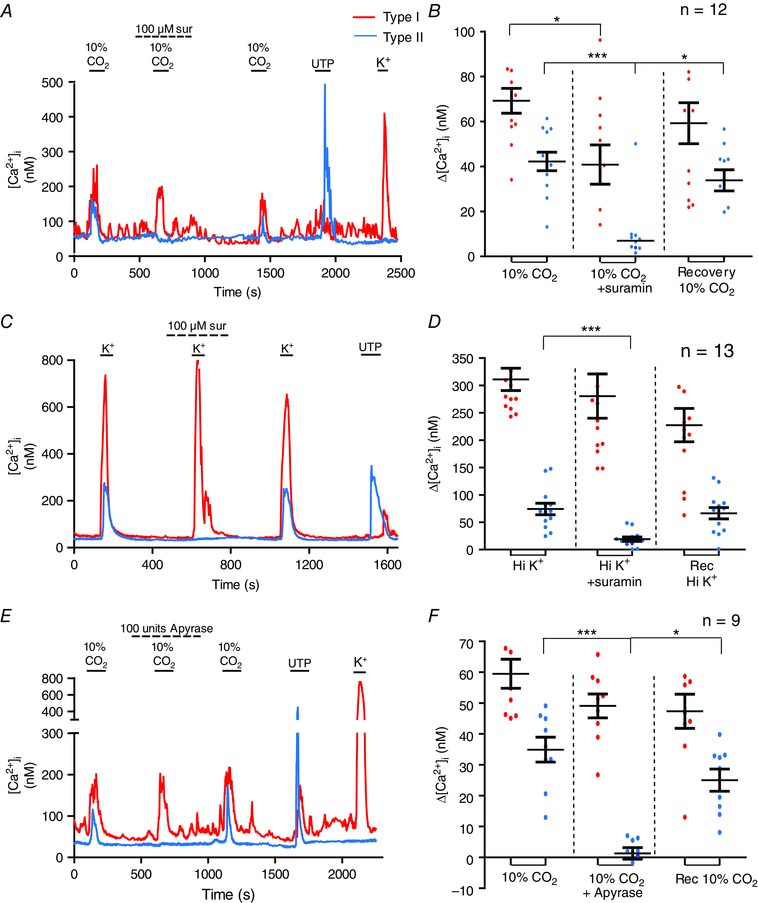Figure 3. Blockade of purinergic P2Y2 receptors with suramin, or hydrolysis of extracellular ATP with apyrase, inhibits crosstalk from type I to type II cells .

Example traces (blue) showing the reversible inhibition of the delayed or indirect Ca2+ responses in type II cells by the P2Y2R blocker suramin (100 μm) during hypercapnia (A) and high K+ (C). Note in each case that the type I cell response persists in the presence of suramin. Failure of high K+ to evoke a secondary Ca2+ response in A may be due to ‘run down’ over long times (∼40 min), arising from various factors including receptor desensitization and/or Ca2+ store depletion. Summary data of the Ca2+ responses in type I versus type II cells before, during, and after suramin are shown for hypercapnia (B) and high (‘Hi’) K+ (D). As exemplified in E, the indirect Ca2+ response evoked by hypercapnia in type II cells is also reversibly inhibited by the nucleoside hydrolase apyrase (100 units); note apyrase has no effect on the type I cell Ca2+ response during hypercapnia. Summary data of Ca2+ responses in type I versus type II cells before, during and after apyrase are shown in F. Data represent mean ± SEM, n = number of dishes; *P < 0.05, ***P < 0.001.
